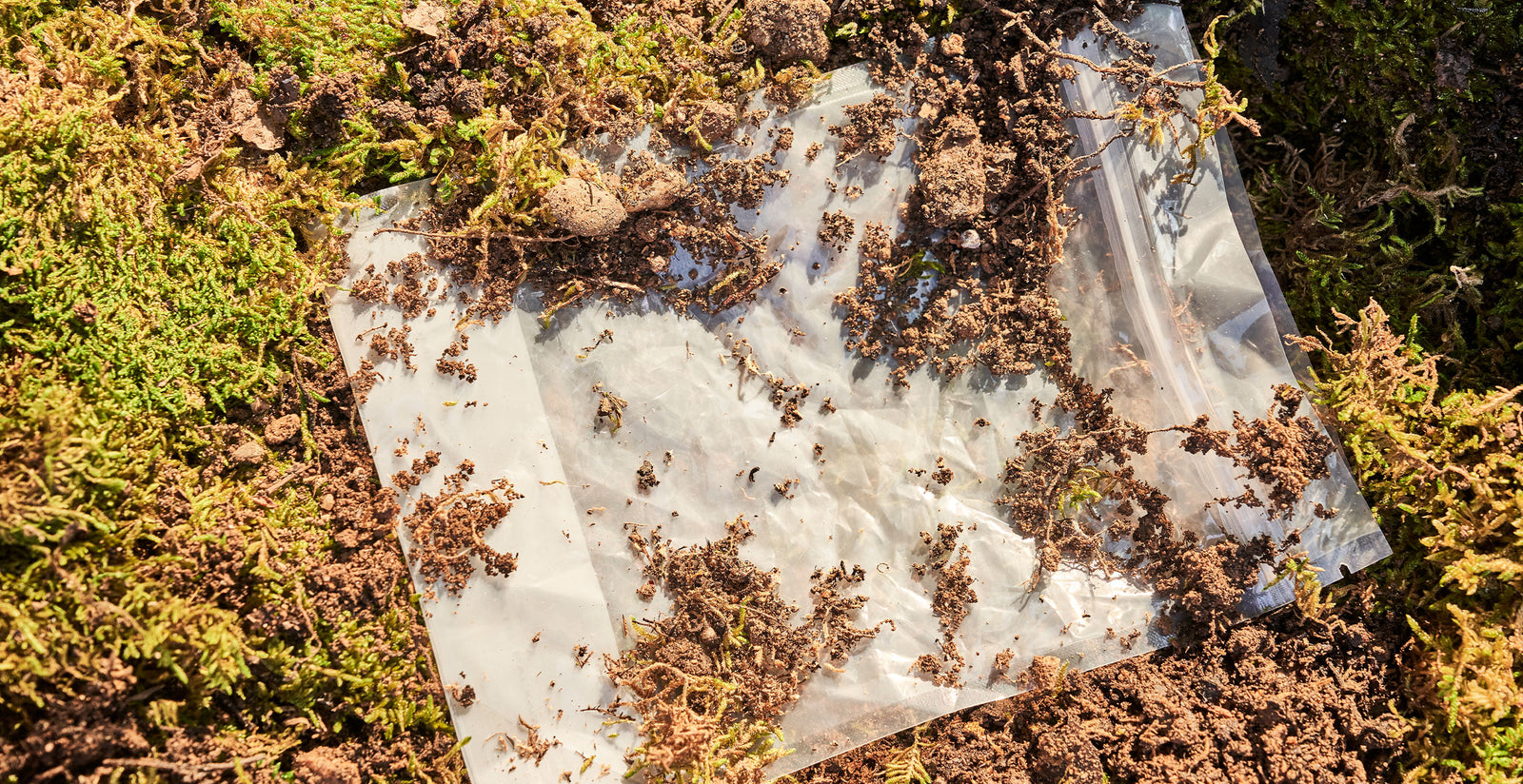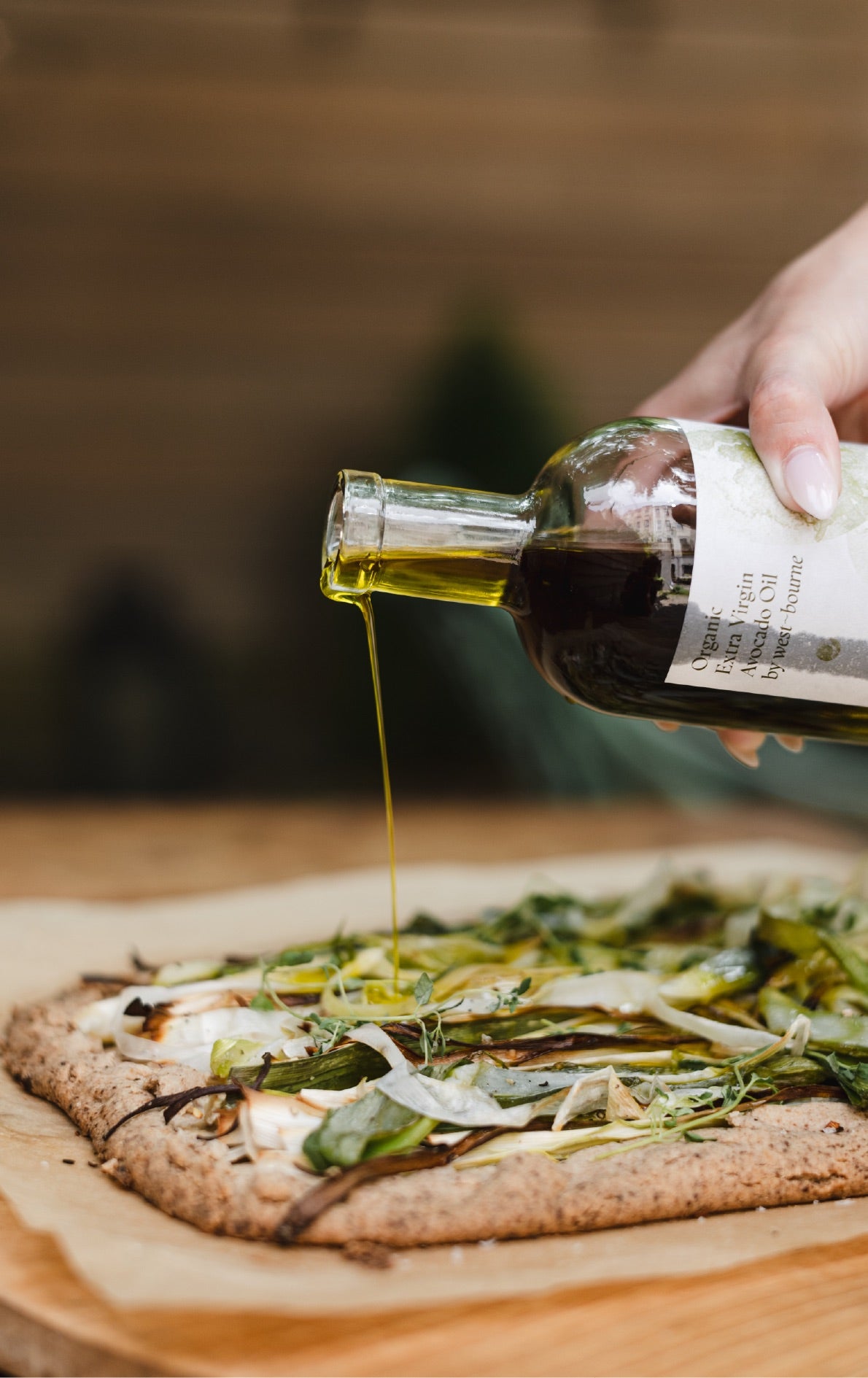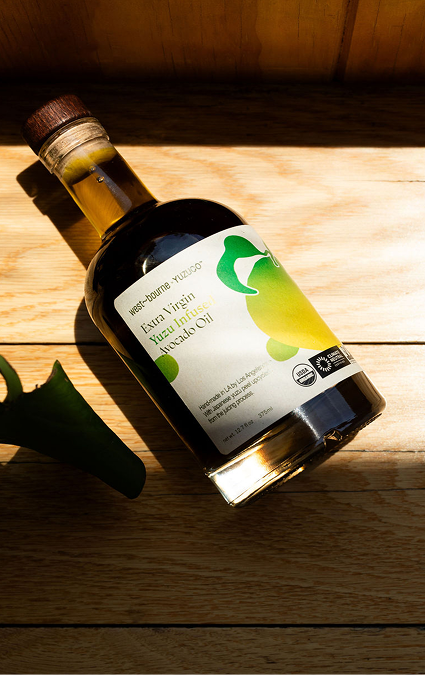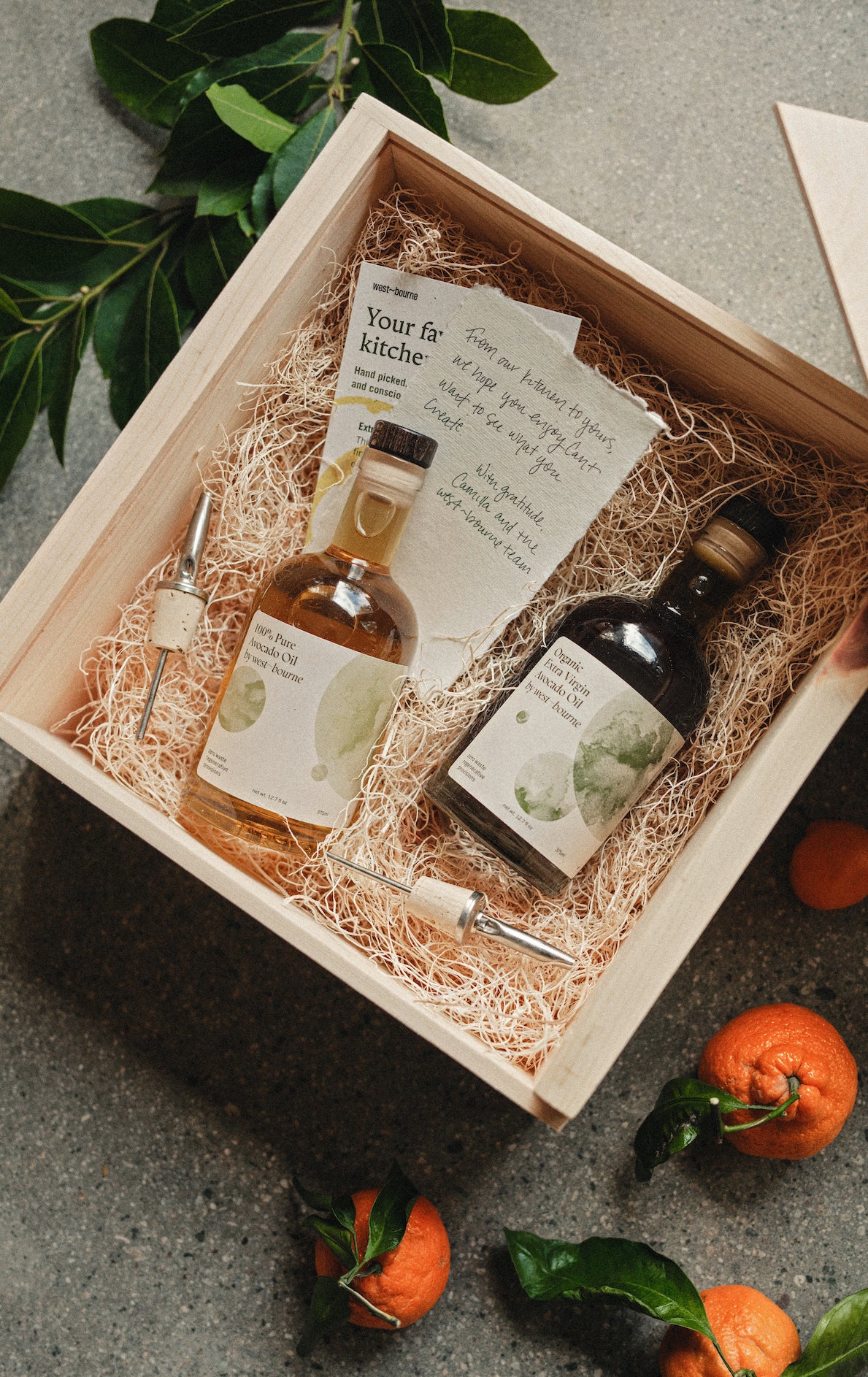What is Plastic-Free July And Why Does It Matter?

Our goal at west~bourne is to share, educate, and inspire our community to make choices that positively impact our environment. We understand that making sweeping changes or trying to break down the complexities of weighty, global issues can be a lot. However, we’re firm believers in implementing small swaps when and where you can. It’s the little steps—done at a wider level—that have the power to make a real difference.
This is why we’re sharing more about the movement of Plastic-Free July—and what it means to us. Plastic-Free July was first introduced in 2011 in Western Australia and has since become a global, month-long sustainability movement. Single-use plastics are one of the biggest contributors to ocean pollution and oftentimes never fully break down—leaving their footprint on the Earth for years, harming the water’s ecosystem and biodiversity. This includes microplastics—which are small fractions of plastic emitted into the atmosphere—that we breathe in or ingest daily. According to The New York Times, we consume about 2,000 particles of micro and nanoplastic particles a week, which is about the equivalent to one whole credit card.
All this said, we approach every piece of west~bourne packaging with the latest innovation in an effort to minimize waste. Not only are our products free of plastic, we went a step beyond to offer backyard-compostable plant-resin pouches, carbon neutral, full recyclable glass jars, dissolvable soy ink labels, and we reuse boxing and stuffing whenever we can.
So how canyou make the most out of Plastic-Free July and kickstart your plastic-free journey? Here are a few simple ways to get in on the challenge:
Start with identifying your waste
In order to fully understand how you can reduce your plastic waste, take inventory of your current output. Are you buying bread with a plastic wrapping? Do you use plastic sandwich bags? Do your beauty products come in plastic bottles or containers? List out all the places you see and use plastic frequently so you can start tackling it and make smarter swaps.
Swap out kitchen plastics
This is a big one since we use our kitchens so much. Invest in reusable sandwich bags, glass storage jars, beeswax covers, and reusable water bottles so when you’re moving throughout your day (packing lunches, storing leftovers, drinking water) you have significantly reduced the amount of plastic you’re using.
Shop in bulk
So much of what we bring into our kitchen oftentimes comes with a plastic wrapping of some sort—from grains to deli meats to kids’ snacks. We recommend shifting the way you shop by starting to shop in the bulk section in the grocery store for grains, snacks, herbs, and more. While this one might be the bigger habit to rework, it will pay off in the long run.


Always have a reusable tote handy
We feel like this one is a no-brainer at this point but it still must be emphasized—have a bevy of reusable totes with you wherever you go. Tuck a few in the car for last-minute grocery runs or have a few hanging by the door when needed.
Be gentle on yourself
Don’t judge yourself (or others!) for any shortcomings. By participating in Plastic-Free July you’re already doing your part in helping our planet. Give the month-long challenge a solid try and see what comes of it. Hopefully, you build long-lasting environmental habits for you and your family.







